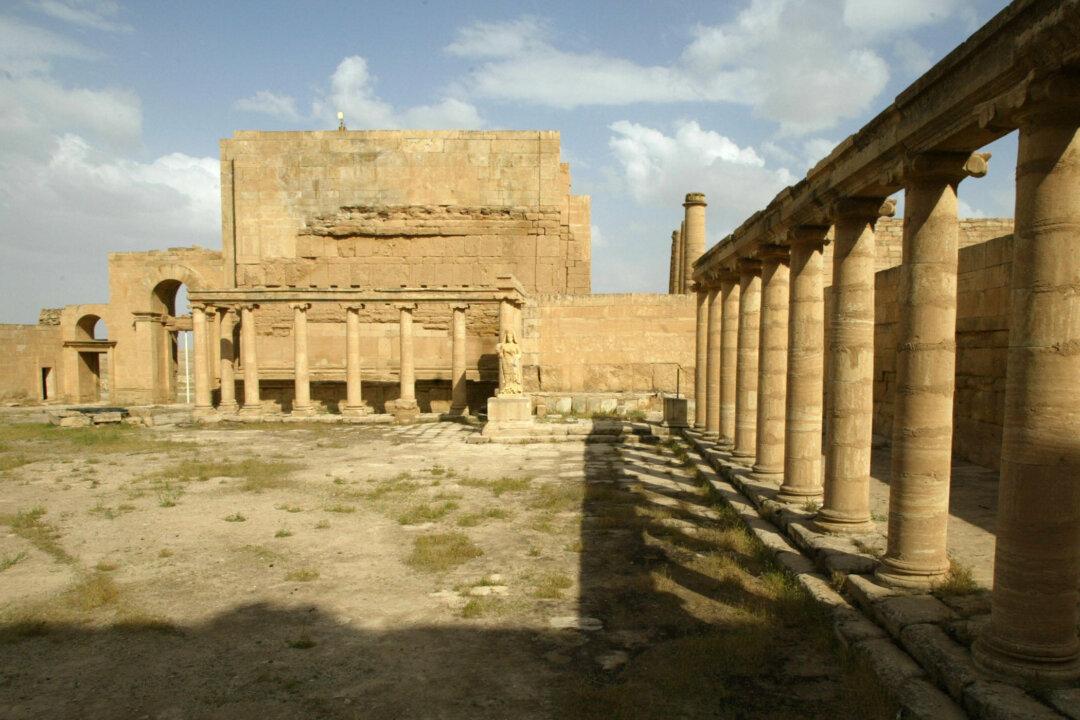Within days of Islamic State (ISIS) releasing a video showing their destruction of sculptures in the Mosul museum and the ancient city of Nineveh, reliable reports emerged that the obliteration of Iraq’s past had expanded to include the architectural treasures of Nimrud and, most recently, Hatra.
Lying to the south of the modern city of Mosul, these two archaeological sites were among the best preserved in Iraq. There was only a slim chance that these impressive archaeological remains would be overlooked by ISIS since an attack on them would guarantee world attention. These acts are not only an attack on the people of Iraq but also on the roots of our modern, urbanized world. So what exactly are we losing?
